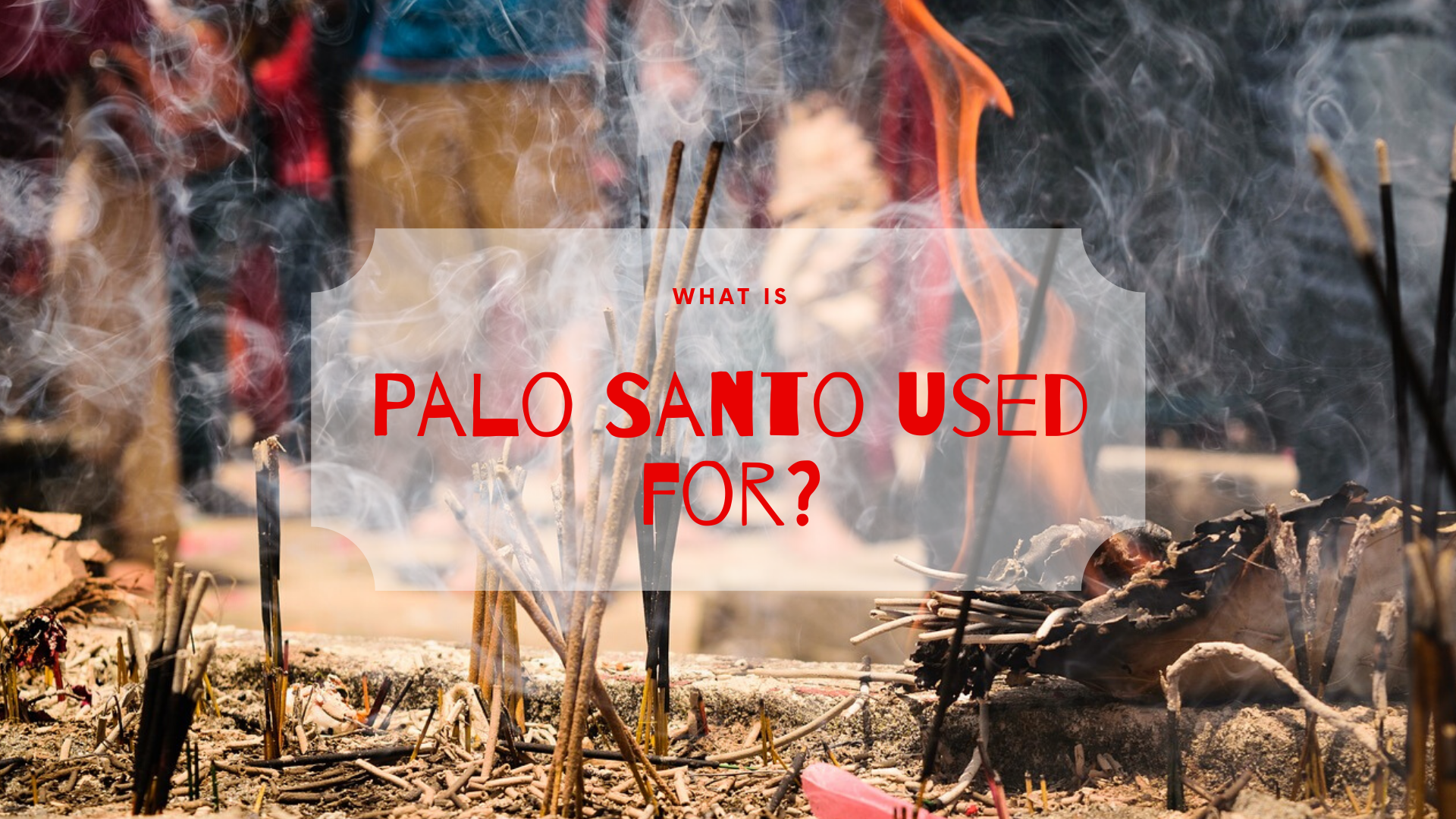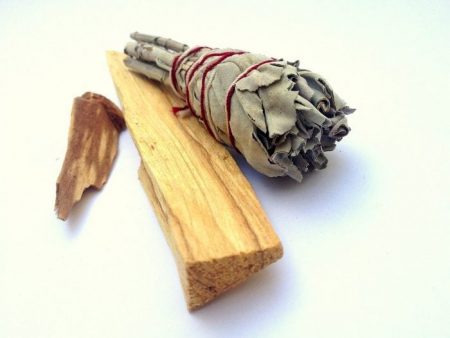
Palo Santo is the Spanish term meaning “holy stick,” and is a common name for the plant called Bursera graveolens. Used for many purposes, from healing to ceremonial incense, wood is harvested from this tree in an interestingly unique and sustainable fashion.
What is Palo Santo?
Palo Santo (also known as Bursera graveolens, which means “bag full of oil”) is an aromatic tree that grows wild in Mexico and along down to the coast of South America. As part of the Burseraceae, or Copal, family (also known as the torchwood or incense tree family), Palo Santo is related to both frankincense and myrrh.
“Trees are always a relief after people.” — David Mitchell
Both male and female Palo Santo trees exist, and they have a tendency to grow in an unusual pack: the groups exist as one male tree and eight female trees. The male trees tend to live longer than the female trees, with the female trees living for approximately forty to fifty years and the male trees living for up to two hundred years. Due to the way the wood is harvested for use and the unbalanced gender ratio, it is the female wood that is often collected and used. The female Palo Santo tree wood differs from the male tree wood in color and density. Female tree wood is often golden yellow and heavier than the pale white and seemingly hollow wood of the male Pale Santo tree.
The trees themselves bloom with yellow flowers and have bark that is smooth and does not peel. The bark appears to be silvery-white due to lichens that grow on the tree. The trees also tend to be quite densely branched.
Where Does Palo Santo Grow?
Palo Santo is a native tree to the Yucatan Peninsula in Mexico, and along the Pacific coast of South America, including the Galapagos Islands. It also grows in Central America.
The Palo Santo tree prefers to grow in dry soil in tropical forests. Palo Santo trees grow to between four and ten meters tall.
How is Palo Santo Harvested?
Between June and January, Palo Santo tree heartwood and branches are harvested from the forest. The most remarkable thing about the harvest of Palo Santo is that only the dead wood is collected. The pieces of wood used must die naturally, and fall to the forest floor. There, the wood must be allowed to lie and decay for four to ten years. This aging process ensures that the resins in the tree can migrate to the heartwood and oils can develop properly into a fully aromatic and quality product. Without the proper amount of time to die and decay, the oils of the Palo Santo tree do not have the time to intensify to their full power. Harvesting Palo Santo wood in this way is as sustainable as possible.
For What Purpose is Palo Santo Used?
There are many uses of Palo Santo. Said to possess healing and cleansing powers, the wood is often used in Shamanic ceremonies for purification. Palo Santo wood has also been used to produce wooden boxes, wine barrels, charcoal, incense, insect repellant, medicine, and essential oils.
Boxes made from the fragrant wood of the Palo Santo tree are popular products, as are barrels made from the wood used to store aging wine. Since the wood does not need to age to allow for the development of oils from resin, however, this wood is often harvested from living trees and has led to the loss of a portion of the remaining population of trees.
Charcoal made from burning the Palo Santo wood is used for smudging. Smudging is a ritualistic practice where the Palo Santo wood is burned for several minutes, and then the flame is blown out and the blackened wood is allowed to smoke gently. The smoke is then wafted around the room, object, or person for which the purifying smudging is being performed. Burning sticks of Palo Santo are also used as incense.
“No ashes are lighter than those of incense, and few things burn out sooner.” — Walter Savage Landor
The smoke from burning Palo Santo wood or incense can be used to repel insects such as mosquitos and has also used to ward off vampire bats from feasting on cattle.
Palo Santo is an important medicinal botanical product for the people of South America and has traditionally been used to help fight the common cold and to soothe stomach issues and skin diseases. It can be used in its oil form or taken as a decoction (tea-like liquid form made from steeping wood chips). Palo Santo wood has antimicrobial and antifungal properties and has been used for pain relief from inflammation or headaches.
Essential oils made via steam distillation from dark amber Palo Santo heartwood and branches has a light yet complex smell consisting of pine, mint, and lemon hints. The oil is often used for massage and aromatherapy and is meant to ease feelings of anxiety and stress, to boost concentration and creativity, and to increase positivity.

Palo Santo with a sage bundle. Image source: Pixabay.
What Are the Essential Oils Found Within the Wood of Palo Santo?
Golden yellow essential oils produced from Palo Santo can come from the fruit or wood of the plant. Oil from the wood is derived via steam distillation. A study of the essential oils produced from Ecuadorian Palo Santo tree stems was conducted using gas chromatography-mass spectrometry.
The main constituents of the essential oil are primarily monoterpenes. The full list of components in the oil is broken down by percentage in the table below.
| Chemical | Percentage (%) |
| Limonene | 58.6 |
| α-Terpineol | 10.9 |
| Menthofuran | 6.6 |
| Carvone | 2.0 |
| Germacrene D | 1.7 |
| γ-Muurolene | 1.2 |
| trans-Carveol | 1.1 |
| Pulegone | 1.1 |
Interestingly, the monoterpene molecule called limonene has been found to have some anti-cancer properties and has been used for this purpose in Palo Santo essential oil aromatherapy and massage.
Palo Santo is a versatile wild tree that has become endangered. Serious work is ongoing to try to preserve the remaining Palo Santo trees, and to begin the growth of new trees. Each fallen tree is replaced with a new seedling, and logging of the trees is strictly forbidden.









